Home>Gardening & Outdoor>Outdoor Structures>How To Prevent Birds From Nesting In An Awning
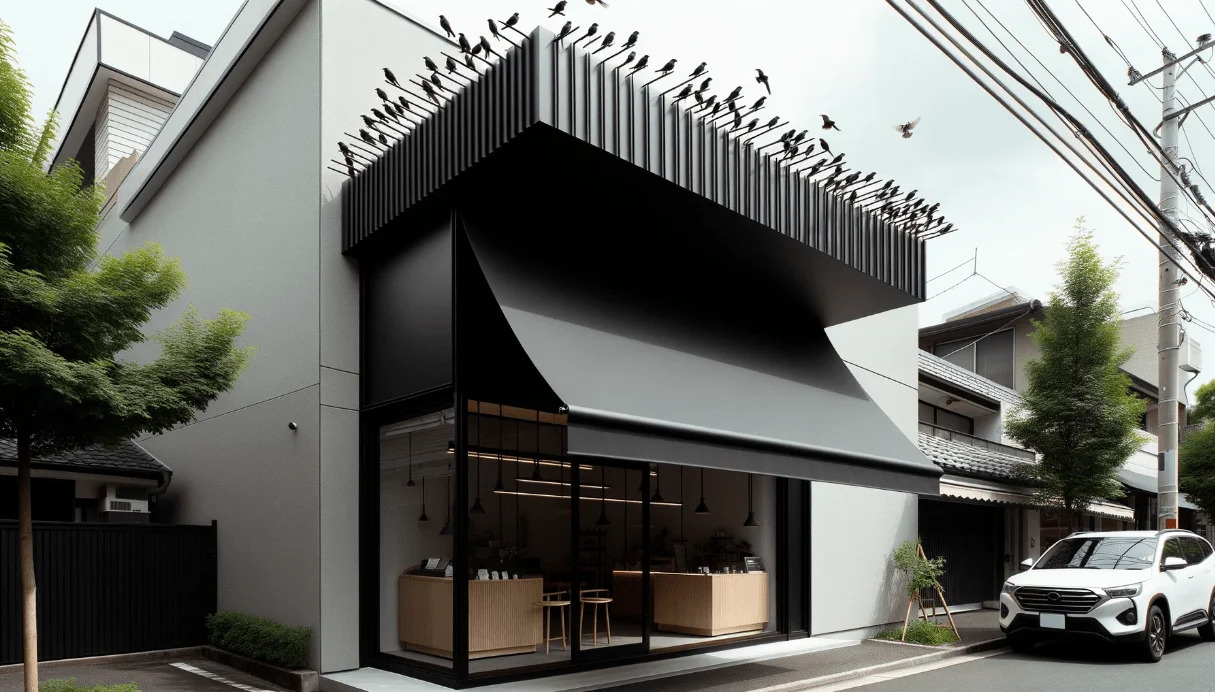

Outdoor Structures
How To Prevent Birds From Nesting In An Awning
Published: January 30, 2024
Learn effective methods to prevent birds from nesting in your outdoor structures. Keep your awning bird-free with these simple tips and tricks. Protect your outdoor space from unwanted bird activity.
(Many of the links in this article redirect to a specific reviewed product. Your purchase of these products through affiliate links helps to generate commission for Storables.com, at no extra cost. Learn more)
Introduction
When it comes to enjoying the great outdoors from the comfort of your own home, an awning can be a valuable addition to your outdoor space. It provides shade, protection from the elements, and an inviting area for relaxation. However, as inviting as awnings may be for homeowners, they can also be equally inviting for birds looking to build their nests.
The presence of birds nesting in awnings can lead to a range of issues, including unsightly droppings, potential damage to the structure, and the transmission of diseases. Preventing birds from nesting in your awning not only helps maintain the cleanliness and integrity of the structure but also ensures a more pleasant outdoor experience for you and your family.
In this comprehensive guide, we will explore effective strategies to prevent birds from nesting in your awning. From understanding the problem to implementing physical and sensory deterrents, we will cover a range of methods to help you reclaim your awning from unwanted avian tenants. By following these practical tips, you can create a bird-free environment while preserving the beauty and functionality of your outdoor space. Let's dive in and discover how to keep your awning bird-free and your outdoor experience enjoyable.
Key Takeaways:
- Keep birds away from your awning by using physical barriers like netting, spikes, and sealing openings. Also, consider sound and visual deterrents to create an inhospitable environment for nesting birds.
- Maintain a clean environment around your awning by regularly cleaning, trimming vegetation, and securing food sources. Seeking professional help can provide specialized solutions for bird control.
Read more: How To Prevent Birds From Nesting In Eaves
Understanding the Problem
Before delving into the solutions, it’s essential to understand why birds are attracted to nesting in awnings. Awnings provide birds with an elevated, sheltered, and often warm space to build their nests, offering protection from predators and the elements. Additionally, the overhang of an awning provides an ideal vantage point for birds to survey their surroundings and locate potential food sources.
Furthermore, the materials used in awnings, such as fabric, mesh, or even the nooks and crannies of retractable mechanisms, can mimic natural nesting environments for birds. These factors, combined with the proximity to human activity and potential food sources, make awnings an appealing nesting location for birds.
It’s important to note that different bird species may exhibit varying nesting behaviors and preferences. While some birds may prefer the sheltered space of a fully extended awning, others may seek out the gaps and crevices of a retracted awning or the supporting structure. Understanding the specific bird species in your area and their nesting habits can inform the most effective prevention strategies.
By gaining insight into the reasons behind birds nesting in awnings, homeowners can tailor their prevention efforts to address these specific attractants. This understanding forms the foundation for developing a holistic approach to deterring birds from nesting in awnings, ultimately leading to a more harmonious coexistence between humans and our feathered friends.
Assessing the Environment
Before implementing deterrents, it’s crucial to assess the environment surrounding your awning to identify factors that may be attracting birds. Start by observing the patterns of bird activity in your outdoor space. Take note of the types of birds frequenting the area, their nesting behaviors, and the specific locations where they congregate.
Consider the proximity of your awning to potential food sources, such as bird feeders, fruit-bearing trees, or outdoor dining areas. Birds are often drawn to areas where they can easily find sustenance, so minimizing food availability near the awning can help discourage nesting behavior.
Examine the structural features of your awning, including any gaps, crevices, or openings that may serve as potential nesting sites. Additionally, inspect the surrounding landscaping for overhanging branches or foliage that could provide birds with easy access to the awning or conceal nesting activity.
Assess the level of human activity around the awning. Birds may be less inclined to nest in areas with frequent disturbances or high levels of noise. Conversely, if the awning is located in a quiet, undisturbed area, it may be more attractive to nesting birds seeking a peaceful environment.
By thoroughly evaluating the environmental factors contributing to bird attraction, homeowners can develop a targeted approach to deter nesting behavior. This proactive assessment sets the stage for implementing tailored strategies that address the specific conditions and dynamics of the outdoor space, ultimately creating an inhospitable environment for nesting birds.
Implementing Physical Deterrents
Physical deterrents offer a direct and effective means of preventing birds from nesting in your awning. By modifying the awning’s structure and surroundings, homeowners can create barriers that discourage nesting behavior. Here are some practical physical deterrents to consider:
- Netting and Mesh: Installing bird netting or mesh around the underside of the awning can prevent birds from accessing the space where they would typically build nests. This barrier impedes their ability to perch and nest, effectively discouraging them from choosing the awning as a nesting site.
- Spikes and Deterrent Strips: Utilizing bird spikes or deterrent strips along the edges and ledges of the awning can deter birds from landing and roosting. These physical barriers create an uncomfortable surface, dissuading birds from perching and nesting in those areas.
- Sealing Openings: Inspect the awning for any openings, gaps, or crevices that may serve as potential nesting sites. Seal these openings using appropriate materials to eliminate access points for nesting birds. By closing off these spaces, you can significantly reduce the attractiveness of the awning as a nesting location.
- Visual Deterrents: Incorporate visual deterrents, such as reflective tape or predator decoys, near the awning to create an environment that appears unsafe or inhospitable to birds. These visual cues can disrupt the birds’ perception of the area, making them less likely to choose the awning for nesting.
When implementing physical deterrents, it’s essential to prioritize the safety and integrity of the awning while effectively deterring nesting birds. Carefully selecting and installing deterrents in a manner that aligns with the awning’s design and functionality is crucial to achieving the desired outcome.
By incorporating these physical deterrents, homeowners can proactively modify the awning and its surroundings to create an environment that is less conducive to nesting, ultimately discouraging birds from making the awning their nesting site.
Install bird spikes or netting on the awning to prevent birds from nesting. Regularly clean the area to remove any nesting materials or food sources.
Utilizing Sound and Visual Deterrents
In addition to physical deterrents, sound and visual deterrents can serve as effective tools for deterring birds from nesting in your awning. These sensory-based strategies leverage avian behaviors and instincts to create an environment that is unappealing to nesting birds. Consider the following sound and visual deterrents:
- Ultrasonic Devices: Ultrasonic bird repellent devices emit high-frequency sound waves that are disruptive and discomforting to birds, deterring them from the area. These devices are designed to be inaudible to humans, making them a discreet and humane option for discouraging nesting behavior.
- Visual Scare Tactics: Visual deterrents, such as hanging reflective objects or utilizing predator decoys, can create a sense of insecurity and danger for birds. Reflective tape, shiny objects, or predator silhouette decoys can disrupt the birds’ perception of safety, prompting them to avoid the area around the awning.
- Distress Calls: Playing recorded distress calls of birds in distress can signal danger to other birds, prompting them to steer clear of the area. These calls trigger a natural aversion response in birds, making the awning a less desirable location for nesting.
- Motion-Activated Devices: Motion-activated sound and light devices can startle birds when they approach the awning, creating an aversive association with the area. By triggering unexpected stimuli in response to bird activity, these devices can deter nesting behavior effectively.
When deploying sound and visual deterrents, it’s important to consider the potential impact on neighboring wildlife and pets. Selecting deterrents that are humane, non-disruptive to the surrounding environment, and compliant with local regulations is essential for responsible implementation.
By integrating sound and visual deterrents into the awning’s surroundings, homeowners can create a sensory landscape that dissuades birds from nesting, fostering a bird-free environment while preserving the aesthetic appeal of the outdoor space.
Read more: How To Prevent Bird Seed From Sprouting
Maintaining a Clean Environment
Keeping the area around your awning clean and free of potential nesting materials and food sources is a fundamental aspect of bird deterrence. By minimizing the availability of nesting materials and removing attractants, homeowners can create an environment that is less conducive to nesting behavior. Here are key steps to maintaining a clean environment:
- Regular Cleaning: Routinely clean the awning, removing any debris, nesting materials, or droppings that may accumulate. Pay special attention to the nooks and crannies where birds may attempt to build nests, ensuring that these areas remain clear and inhospitable to nesting birds.
- Trimming Vegetation: Keep the surrounding vegetation well-maintained by trimming overhanging branches, shrubs, and foliage that could provide cover or nesting materials for birds. By minimizing hiding spots and access points, homeowners can reduce the attractiveness of the area for nesting birds.
- Securing Food Sources: If bird feeders are present near the awning, consider relocating them to a different area of the property. Minimizing the availability of bird feed and spilled seeds near the awning can help deter birds from congregating and seeking nesting sites in the vicinity.
- Proper Waste Management: Dispose of outdoor waste, food scraps, and pet food in secure containers to prevent them from becoming potential food sources for birds. By managing waste effectively, homeowners can reduce the likelihood of attracting birds to the area around the awning.
By upholding a clean and uninviting environment, homeowners can actively discourage nesting behavior and promote a bird-free space around the awning. Consistent maintenance and proactive measures contribute to a harmonious outdoor environment that is free from the disruptions associated with avian nesting.
Seeking Professional Help
In some cases, addressing bird nesting issues in awnings may require the expertise of professionals who specialize in bird control and wildlife management. Seeking professional help can provide homeowners with access to specialized knowledge, resources, and effective solutions tailored to their specific situation. Here are key considerations when seeking professional assistance:
- Consulting Wildlife Experts: Wildlife management professionals and ornithologists can offer valuable insights into the behavior and habits of local bird species. Their expertise can inform targeted strategies for deterring nesting birds from awnings while respecting wildlife conservation principles.
- Professional Assessment: Engaging the services of pest control or bird control companies allows for a thorough assessment of the nesting problem and the implementation of customized solutions. Professionals can identify nesting sites, assess the extent of the issue, and recommend appropriate deterrent measures.
- Humane Solutions: Professionals can provide humane and ethical approaches to bird control, ensuring that deterrent methods are compliant with animal welfare standards and regulations. By working with experts, homeowners can address bird nesting issues in a responsible and environmentally conscious manner.
- Long-Term Management: Professional assistance can encompass long-term management plans to prevent future nesting activity. This may involve ongoing monitoring, maintenance, and proactive measures to deter birds from returning to the awning for nesting.
By enlisting the support of professionals experienced in bird control and wildlife management, homeowners can access comprehensive solutions that prioritize both the effective deterrence of nesting birds and the ethical treatment of wildlife. Professional expertise can empower homeowners to address bird nesting issues with confidence and achieve sustainable results.
Conclusion
Preventing birds from nesting in your awning is a proactive endeavor that requires a combination of practical strategies, environmental awareness, and, in some cases, professional guidance. By understanding the factors that attract birds to awnings and implementing targeted deterrents, homeowners can create an environment that is uninviting to nesting birds while preserving the aesthetic and functional appeal of their outdoor space.
From physical barriers and sound deterrents to maintaining a clean environment and seeking expert assistance, the comprehensive approach outlined in this guide equips homeowners with the knowledge and tools to address bird nesting issues effectively. By integrating these strategies, homeowners can reclaim their awnings from avian intruders and enjoy a bird-free outdoor experience.
It’s important to approach bird deterrence with a commitment to humane and responsible practices, respecting the natural behaviors of birds while safeguarding the integrity of the outdoor environment. By balancing effective deterrence with ethical considerations, homeowners can achieve a harmonious coexistence with local bird populations.
Ultimately, the successful prevention of birds from nesting in awnings not only enhances the cleanliness and longevity of the awning but also contributes to a more enjoyable and tranquil outdoor living space for homeowners and their families. By implementing the insights and strategies presented in this guide, homeowners can take proactive steps toward creating a bird-free awning and embracing the beauty of their outdoor surroundings.
Frequently Asked Questions about How To Prevent Birds From Nesting In An Awning
Was this page helpful?
At Storables.com, we guarantee accurate and reliable information. Our content, validated by Expert Board Contributors, is crafted following stringent Editorial Policies. We're committed to providing you with well-researched, expert-backed insights for all your informational needs.
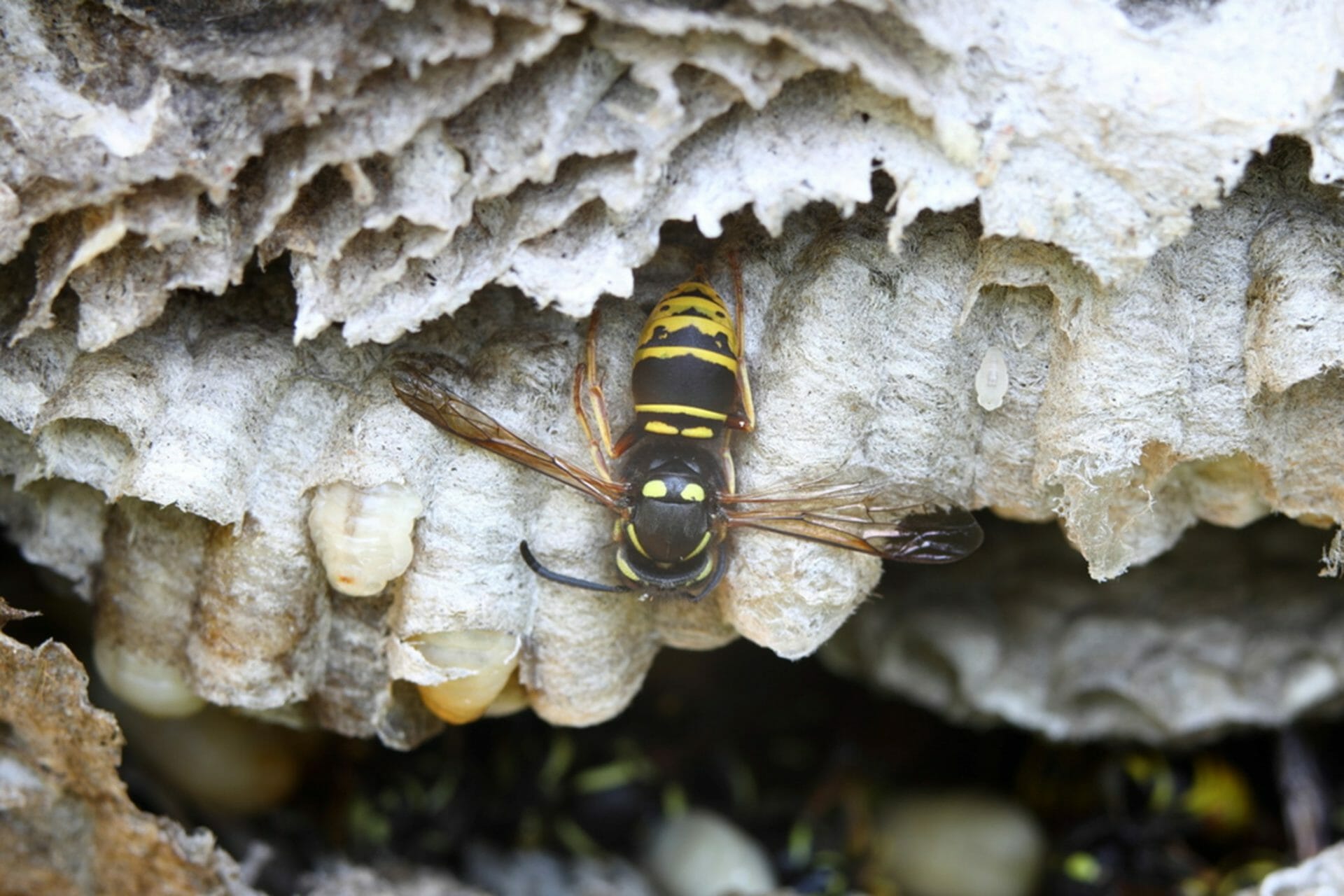
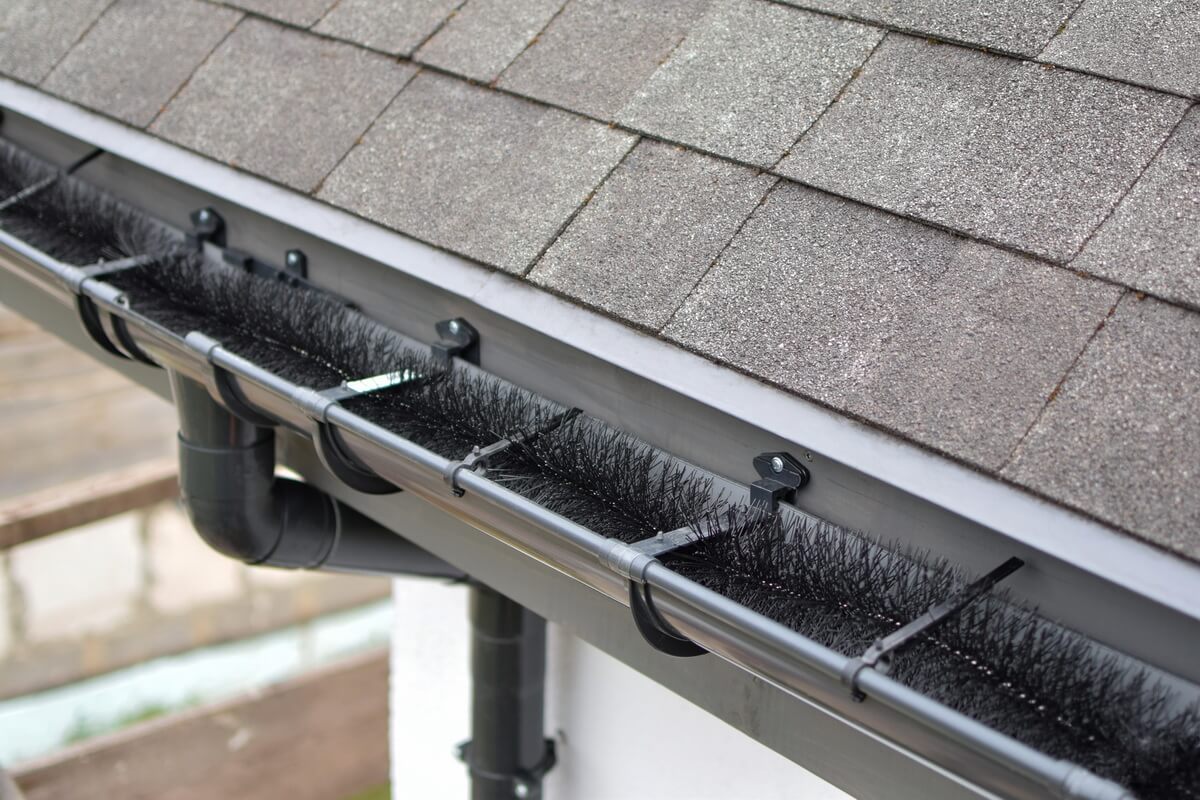
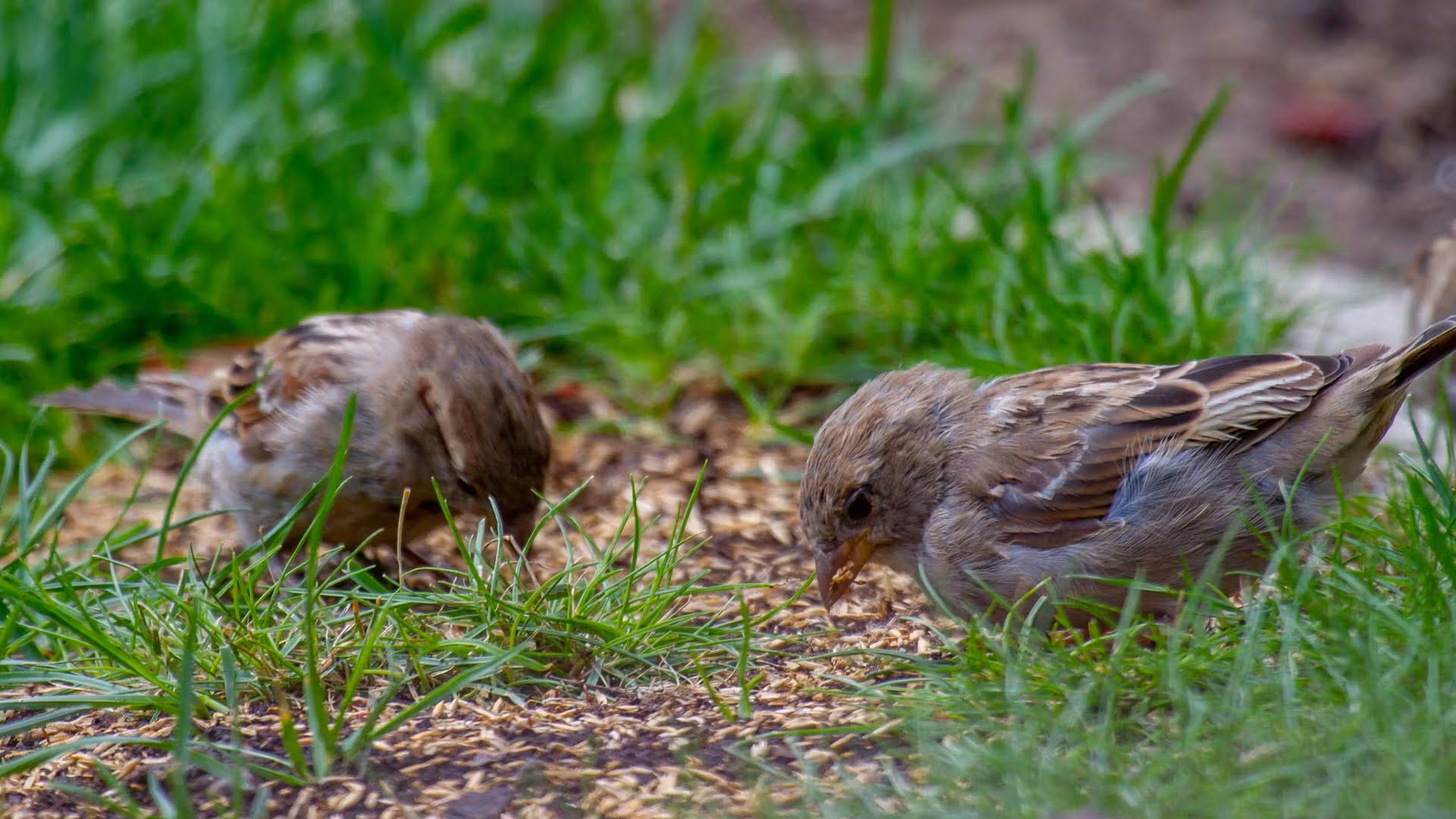
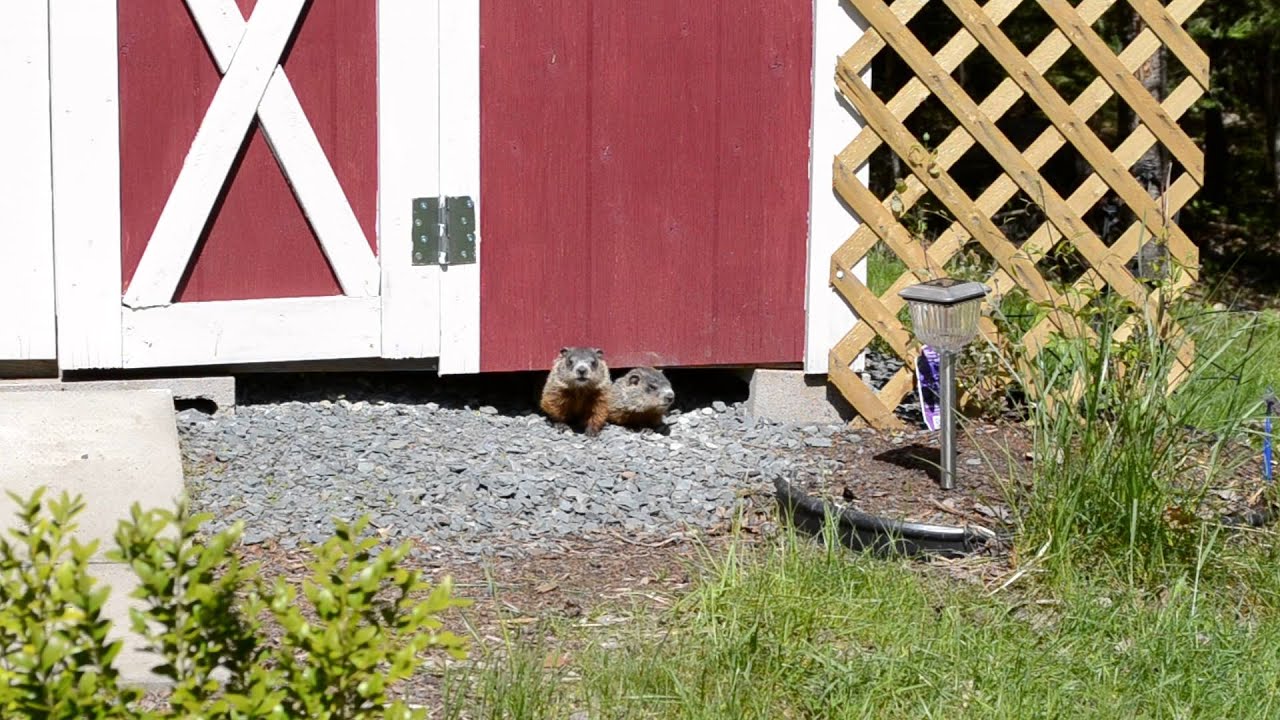
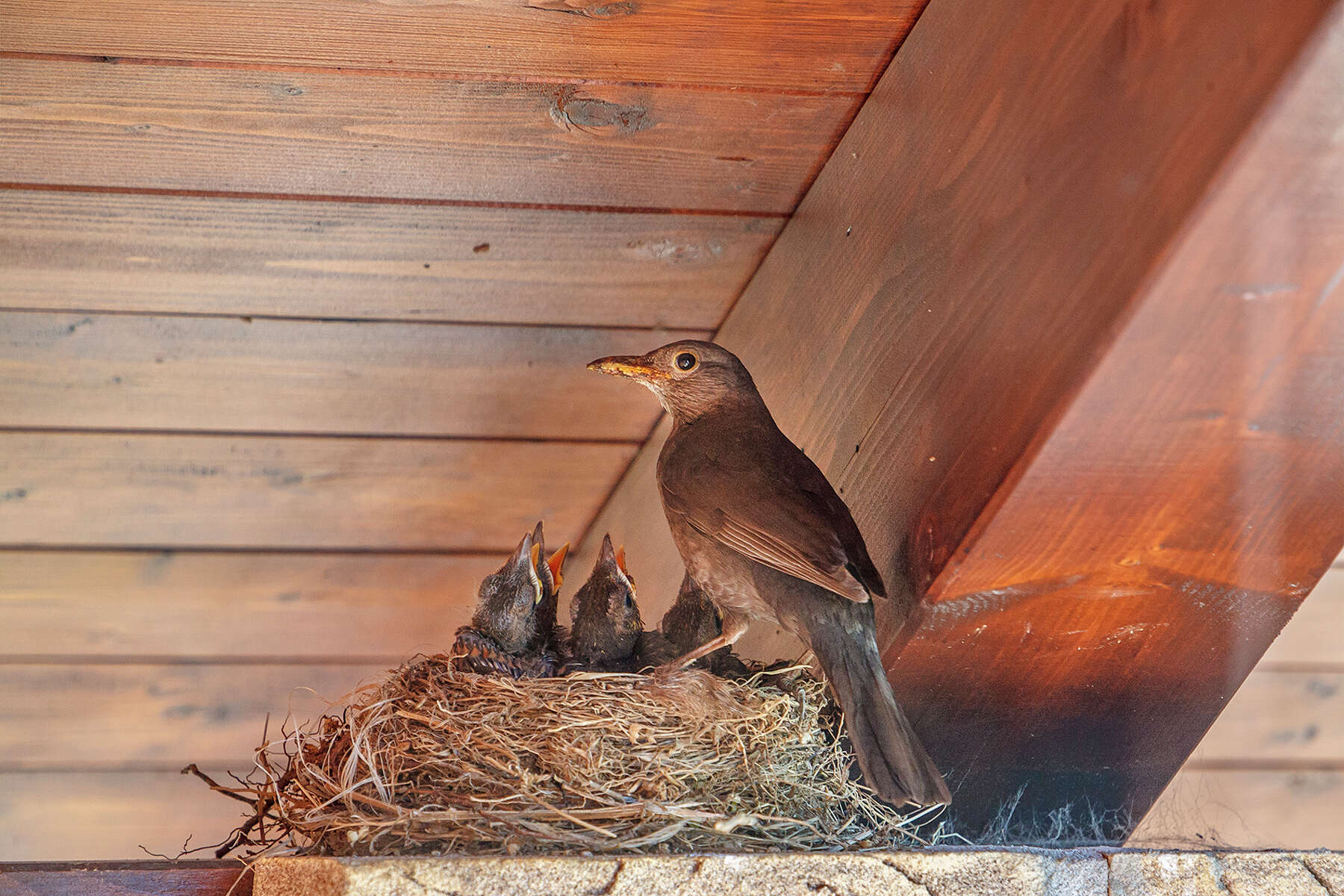
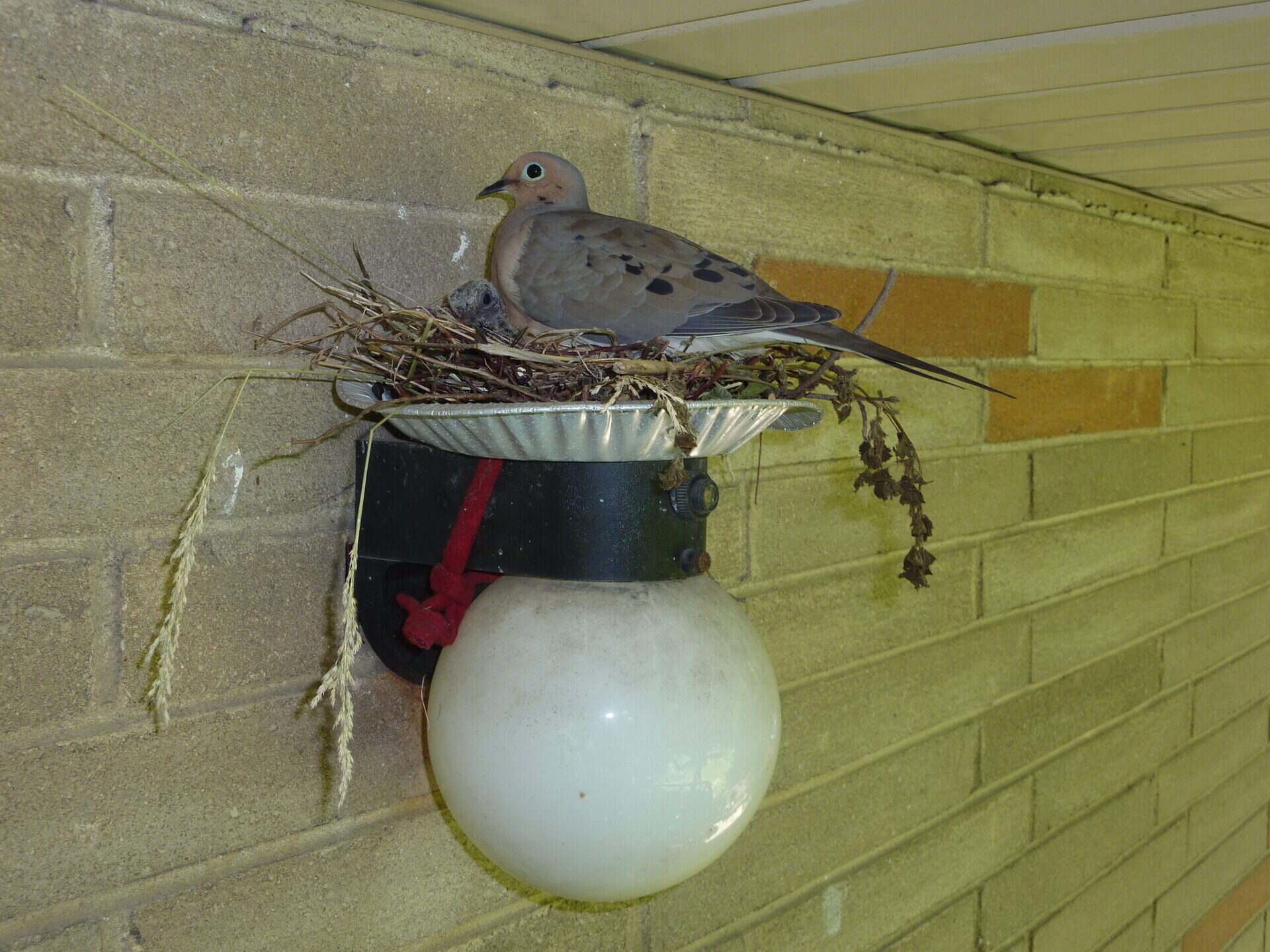
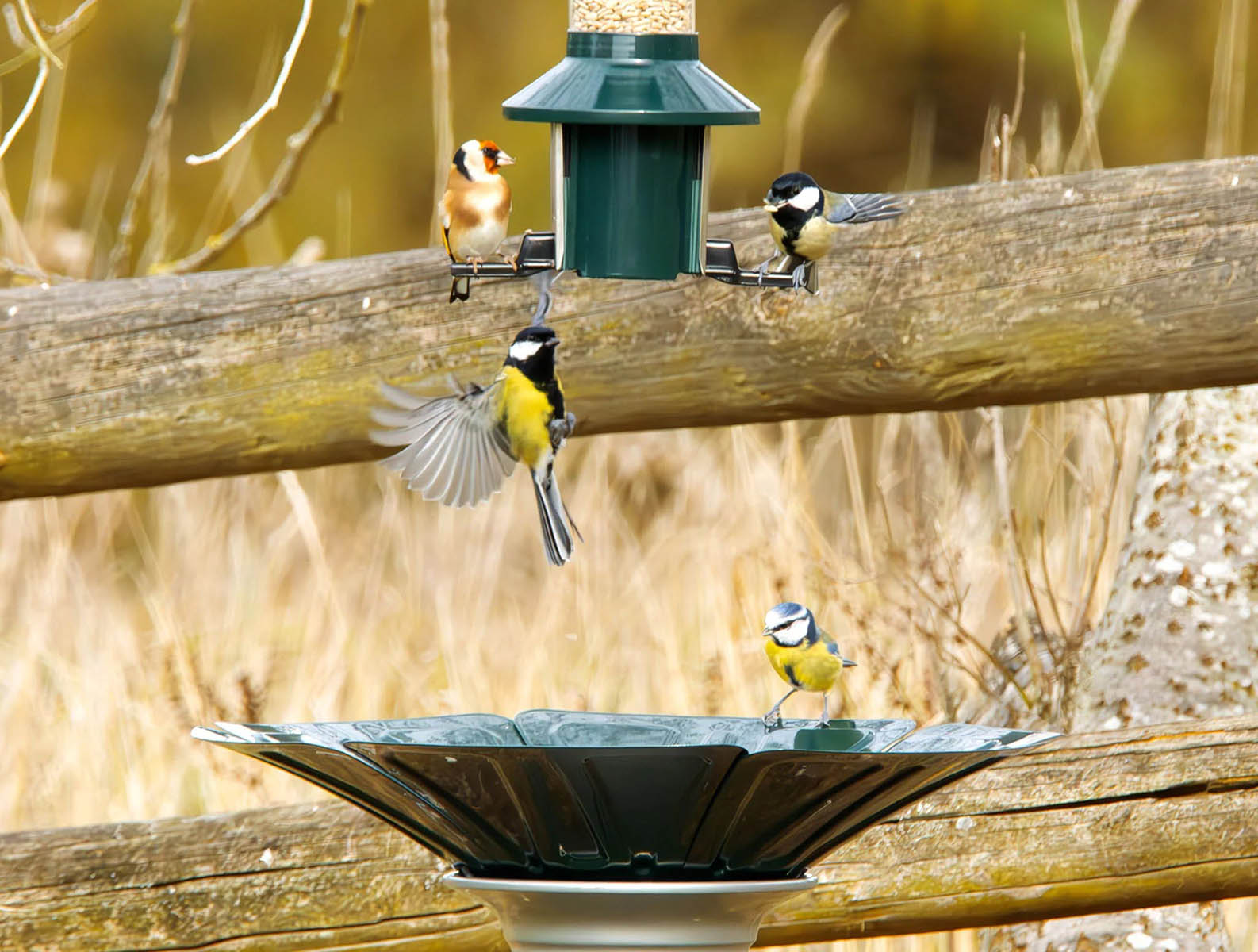
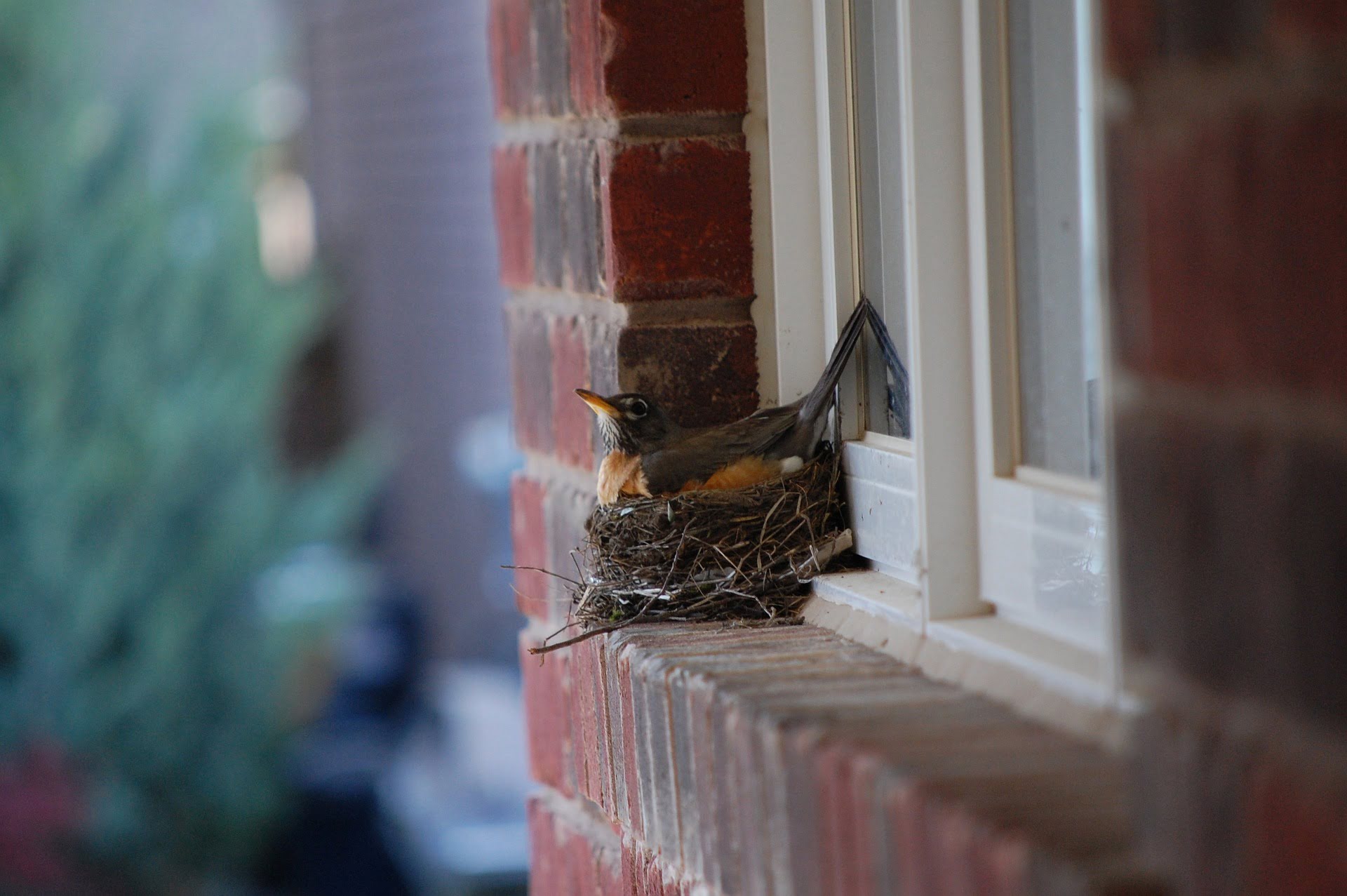
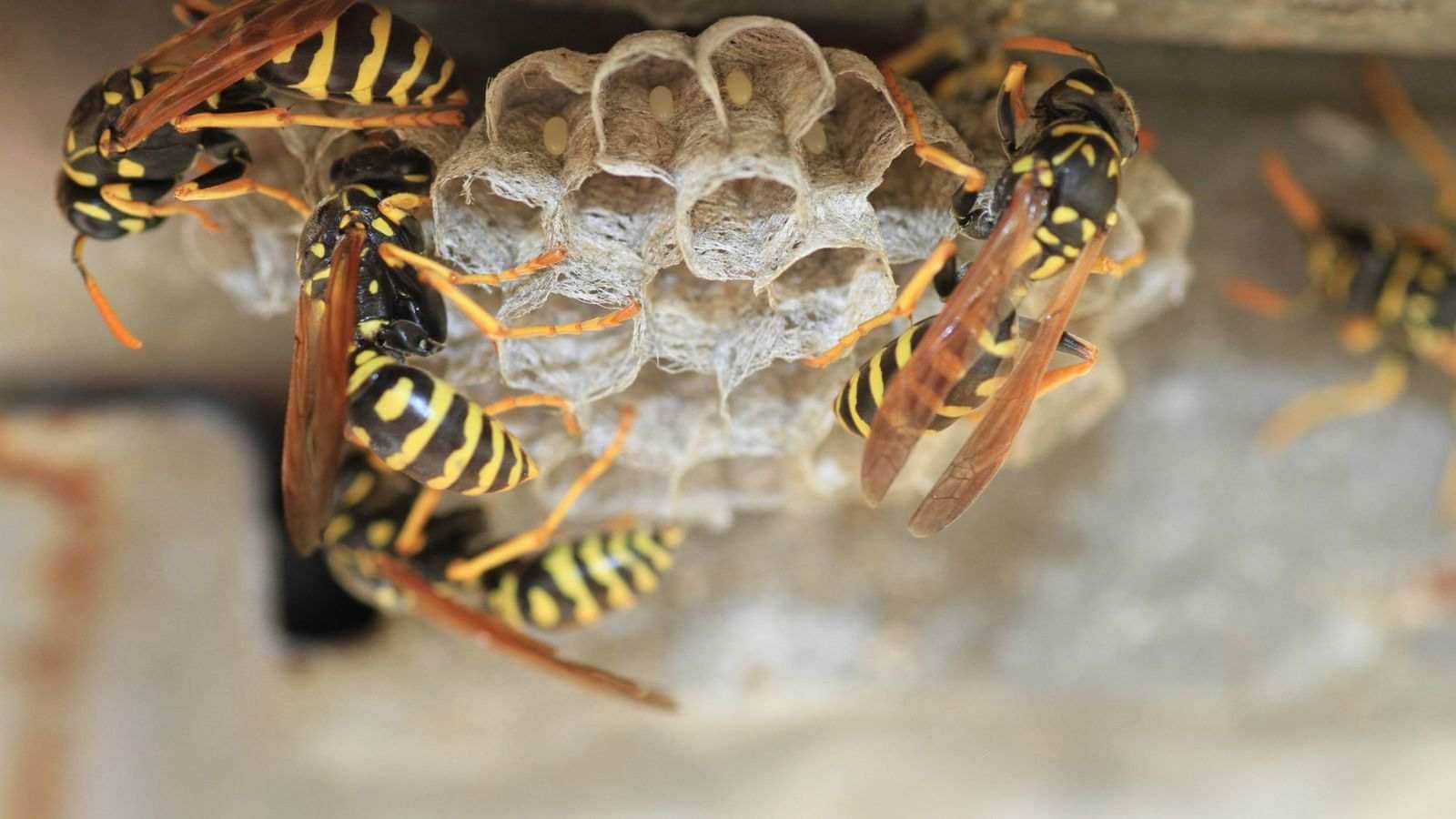
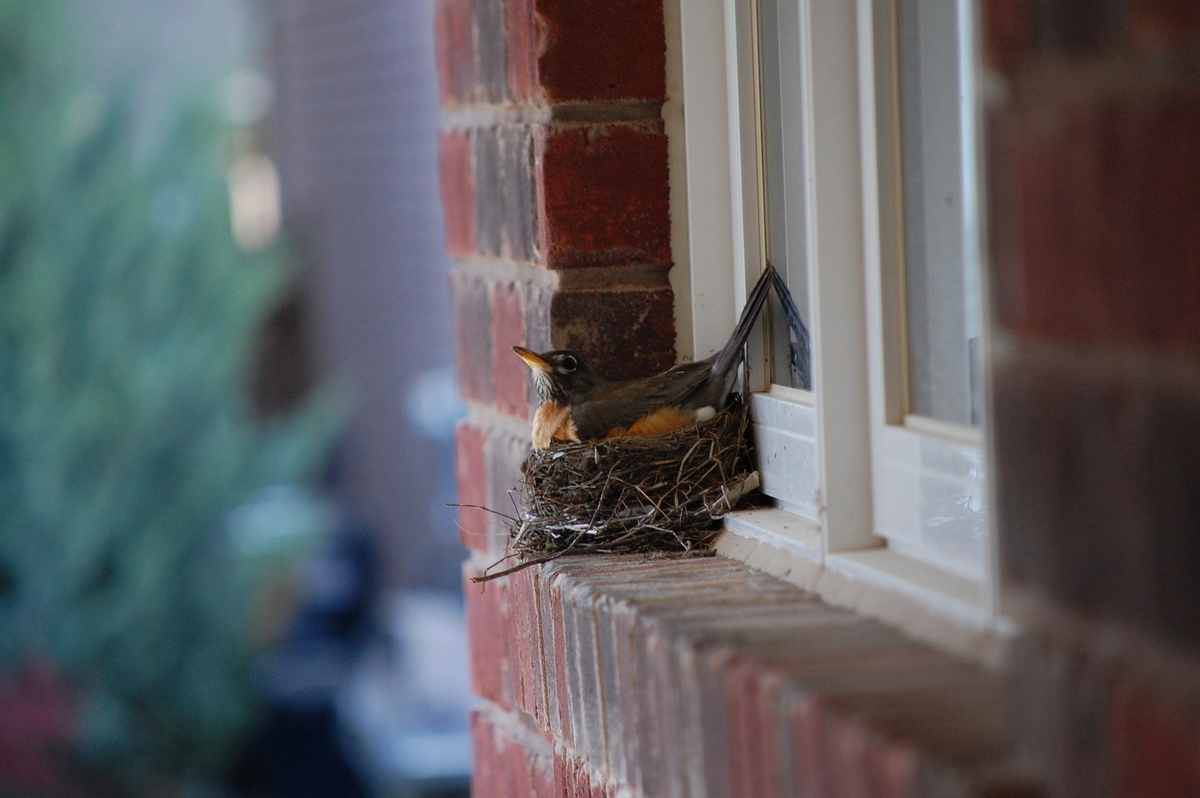
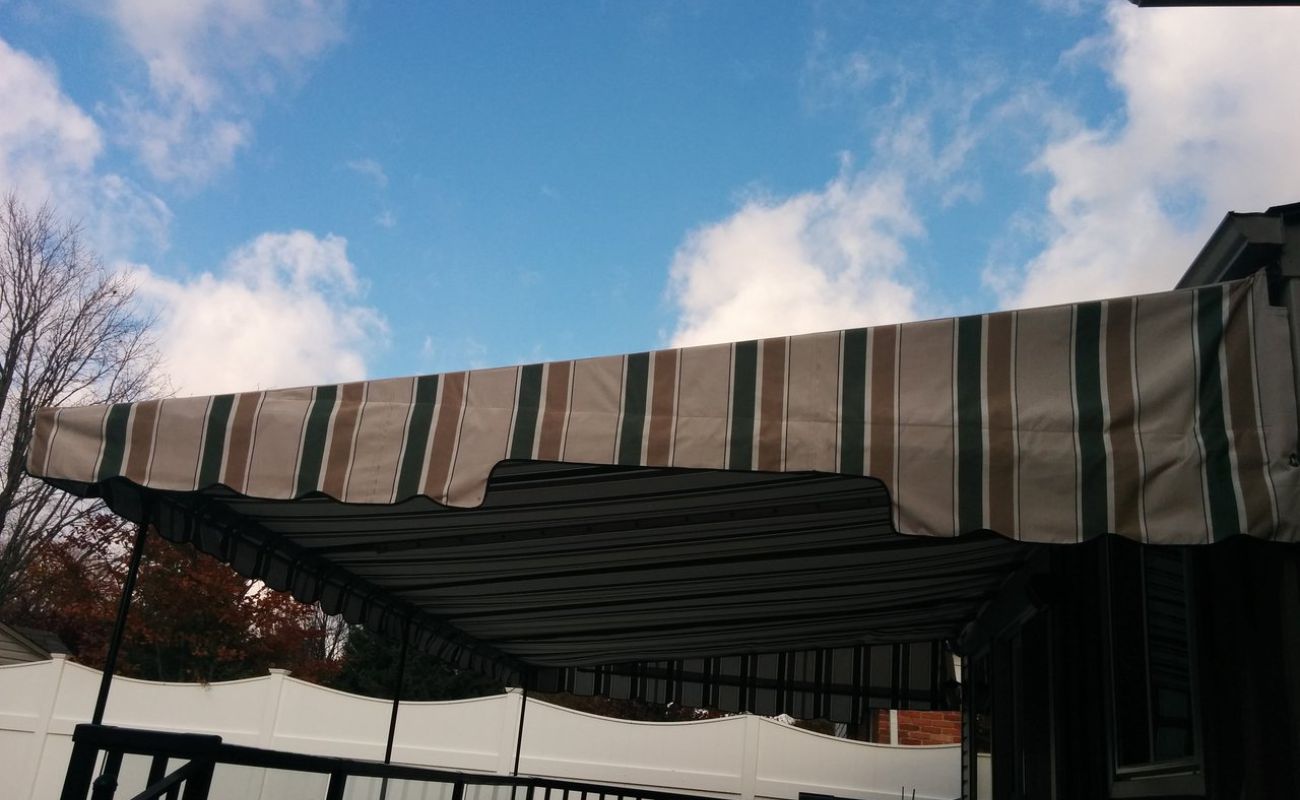
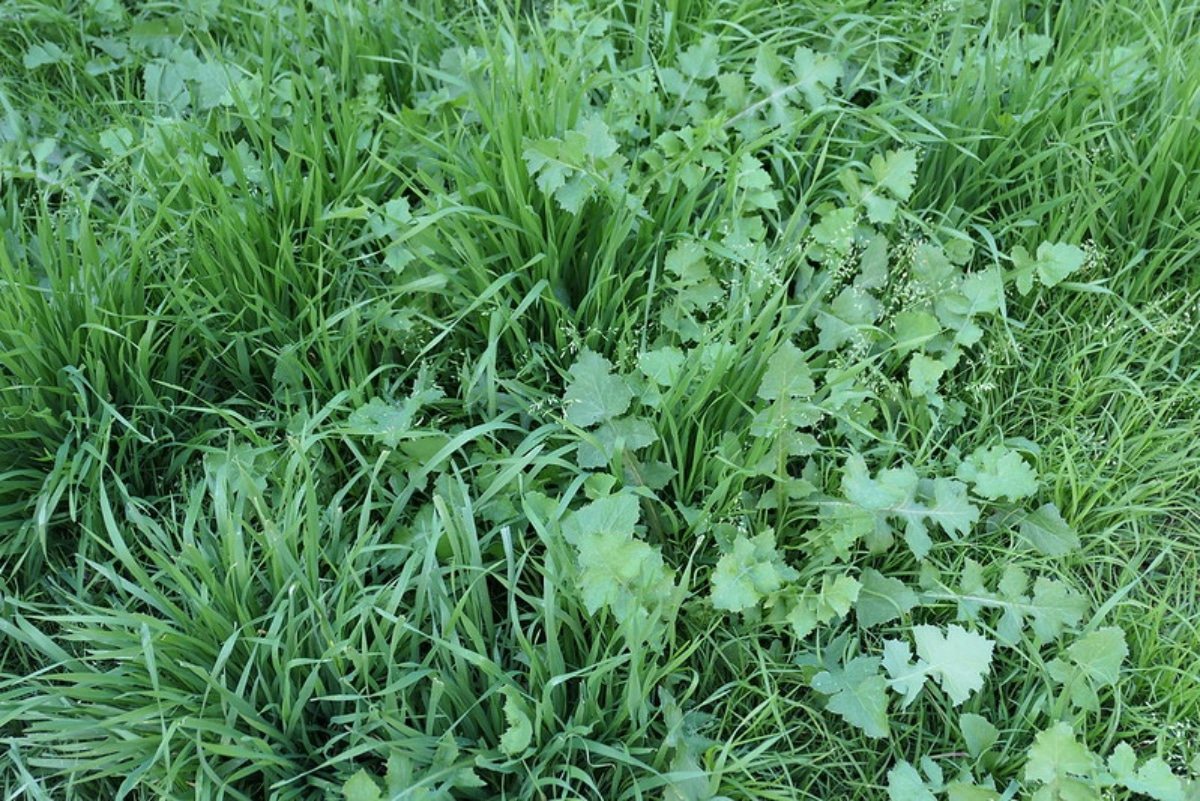
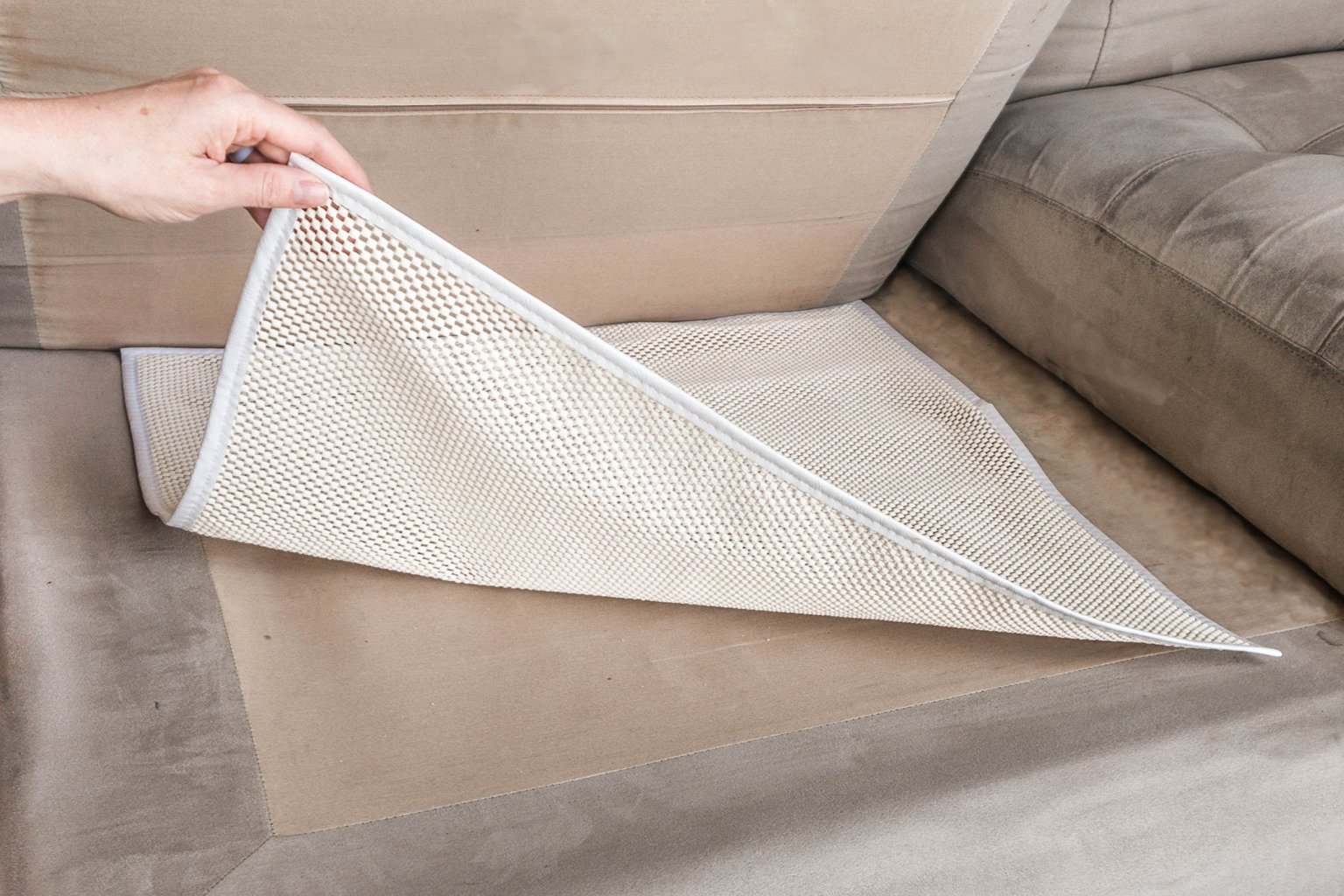
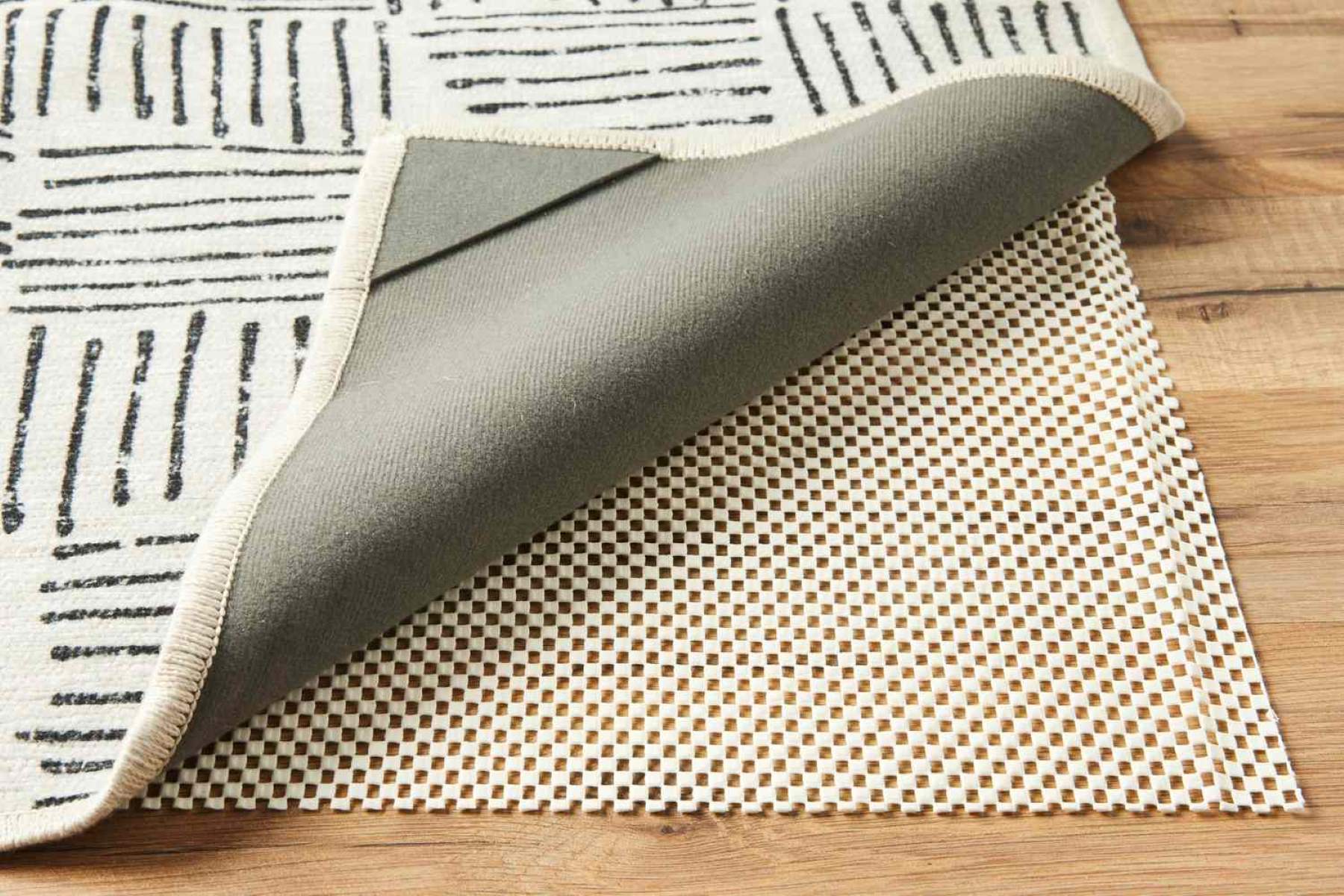

0 thoughts on “How To Prevent Birds From Nesting In An Awning”